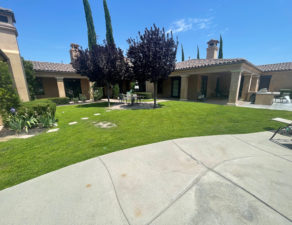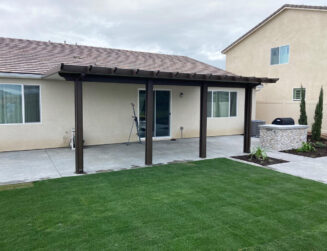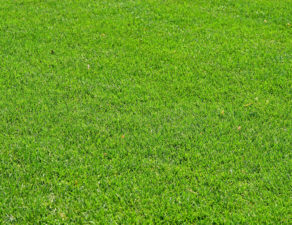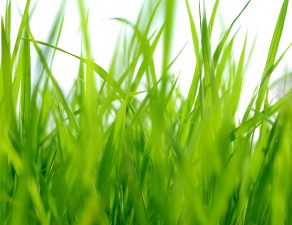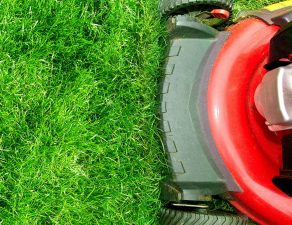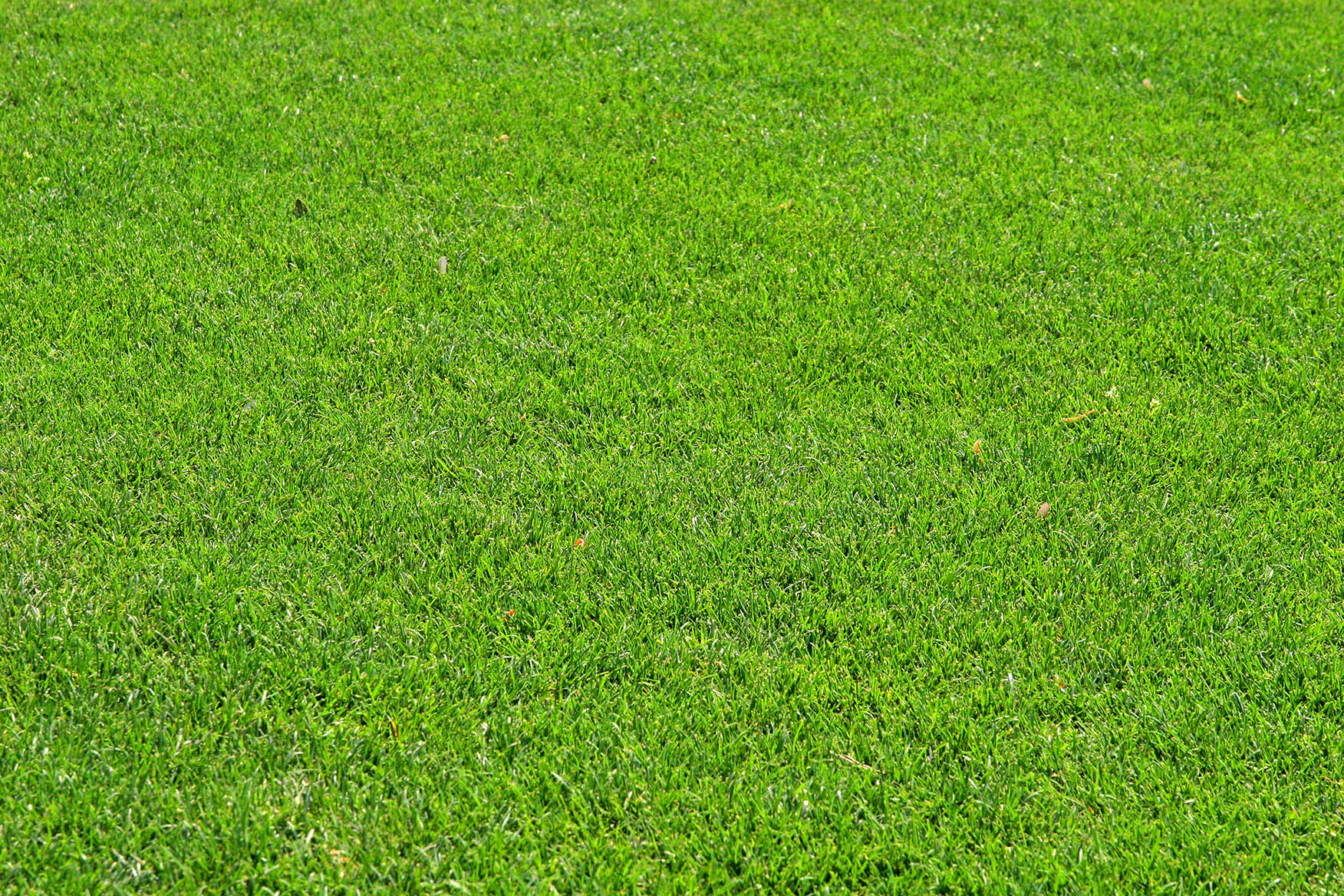
As we transition into winter, lawns composed of Bermuda grass will become dormant. Here’s what that means for you, and what you need to know about lawn care from now until spring.
No, you don’t need to mow. Once your grass goes dormant, it shouldn’t grow and you won’t need to mow the lawn. However, some homeowners find that they prefer to trim edges and uneven spots on occasion.
For your last mow of the growing season, it can be a good idea to leave the clippings on the lawn instead of removing them. The nutrients will then be recycled back into the lawn.
Cut back on watering. Because the growth cycle has ended, your Bermuda grass needs less water than before. Watering once or twice per month should be sufficient (and you can even skip that if it rains a significant amount). Any time the weather becomes unusually warm or windy, which can happen in more temperate climates, schedule an additional watering to prevent dessication.
What about seeding? Bermuda grass turns brown in the winter, but don’t worry. That doesn’t mean your lawn has died! Some homeowners mistakenly believe they now need to seed their entire lawn in order to replace the grass. Rest assured that this brown hue is normal, and that your Bermuda grass will turn green once again in the spring.
You don’t need to seed at all during this time. However, those who prefer a green lawn year-round can overseed with a perennial ryegrass. This grass will take over during winter months, but then go dormant in the spring when Bermuda grass takes over.
If you do choose to seed with another grass, keep in mind that you are signing up for maintenance rather than enjoying a dormant season and time off from this chore.
What about fertilizer? Bermuda grass should be fertilized in October, and then left alone over the winter. You won’t have to worry about fertilizing the lawn again until March or April.
And that’s really all there is to it! But if you have more questions about winter care for your lawn, call us and we’ll be happy to answer your questions.

